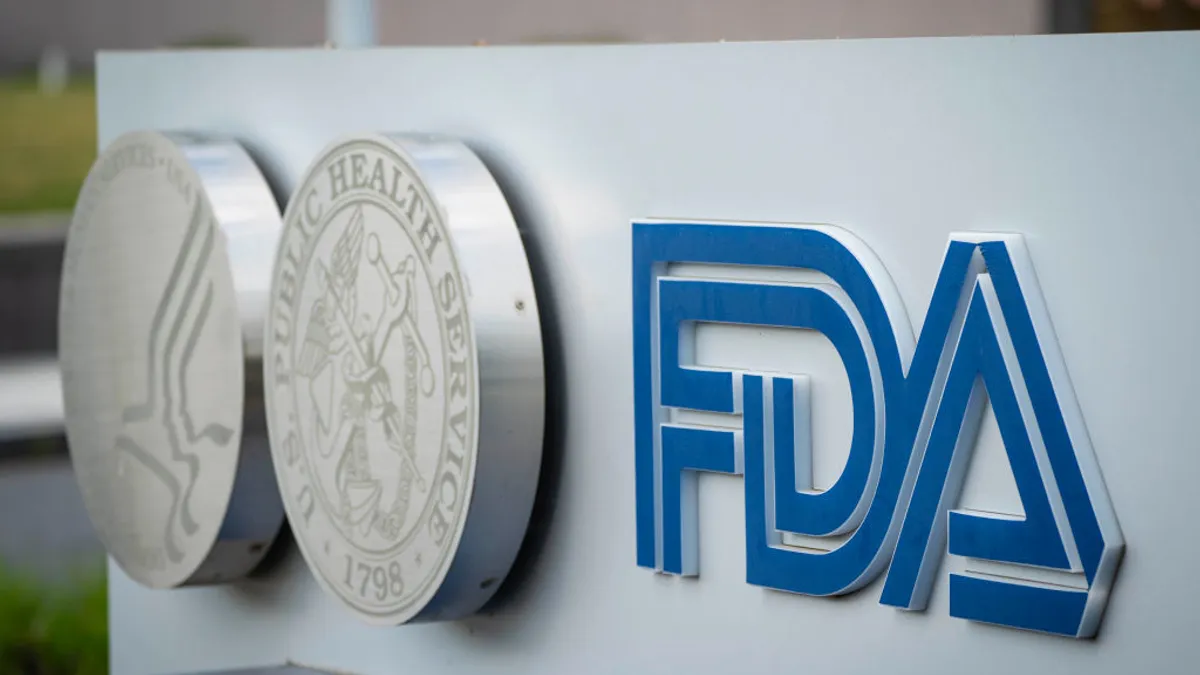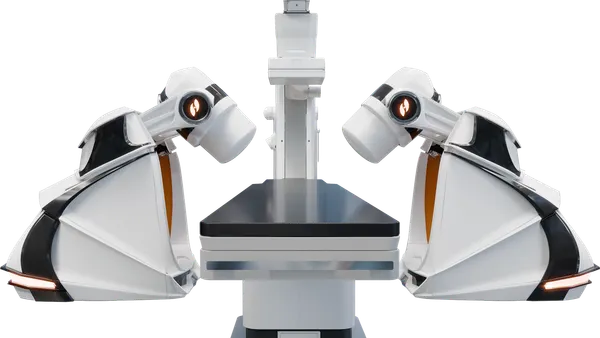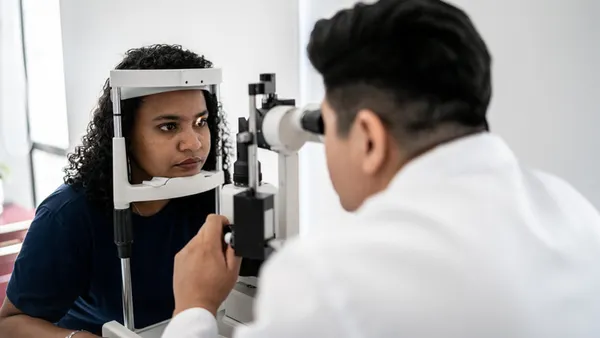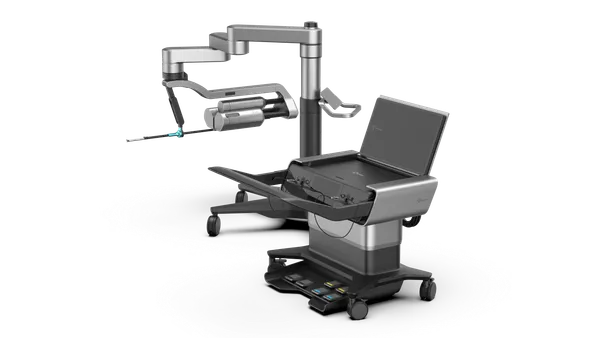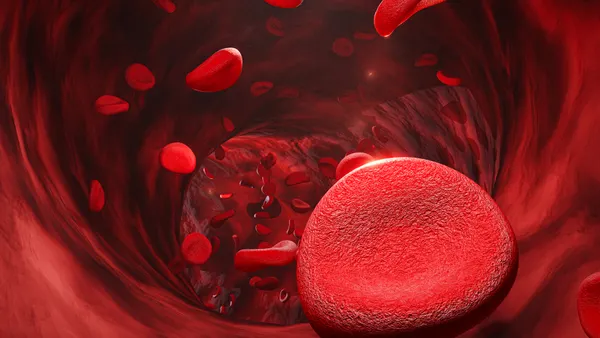Dive Brief:
- A total of 1,176 products have received the Food and Drug Administration’s breakthrough device designation since 2015, according to the agency’s latest update on Wednesday.
- The FDA gives the designation to devices that may provide more effective treatment or diagnosis of life-threatening or debilitating conditions. In its 2025 fiscal year, which began in October, the agency had granted 136 breakthrough designations as of June 30.
- The FDA shared the update as medical device companies lobby for faster Medicare coverage of breakthrough devices.
Dive Insight:
Currently, Medicare has a pathway to provide national coverage to up to five breakthrough devices per year shortly after they are authorized by the FDA. The industry would like to expand that to all breakthrough devices.
During the first Trump administration, the Centers for Medicare and Medicaid Services finalized a rule that would prove near-automatic Medicare coverage for four years for FDA-authorized breakthrough devices. Under the Biden administration, CMS quickly scrapped the rule over concerns about the lack of clinical evidence, saying it would result in “premature coverage of unproven devices” for seniors.
In the FDA’s 2024 fiscal year, the agency granted breakthrough status to 165 devices, according to the latest data. Although breakthrough devices cross all specialties, the majority were in cardiovascular, neurology and orthopedics.
Some of the latest breakthrough devices authorized by the FDA include a bone graft for lumbar fusion procedures. The product, called PearlMatrix, was approved by the FDA in June following a 293-person randomized controlled trial.
Another recent example is Intuitive Surgical’s X and Xi robots. Intuitive received 510(k) clearance in June for an expanded indication for tracheobronchoplasty, a procedure for people whose trachea is soft and can collapse. Intuitive presented real-world evidence from a database as part of its application to the FDA.


